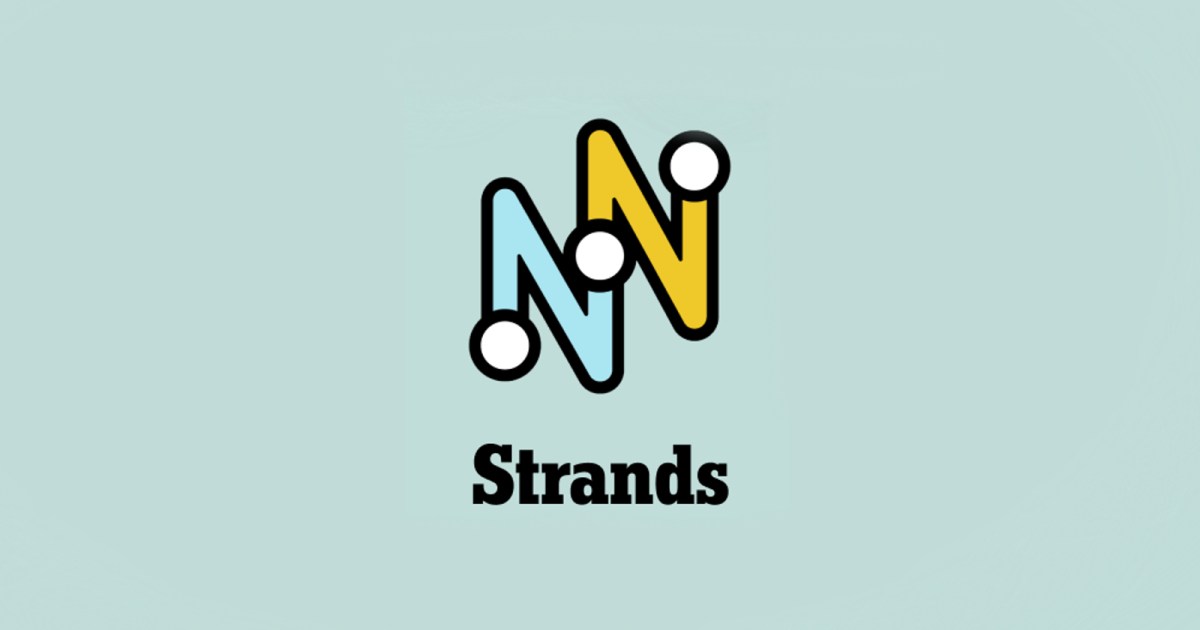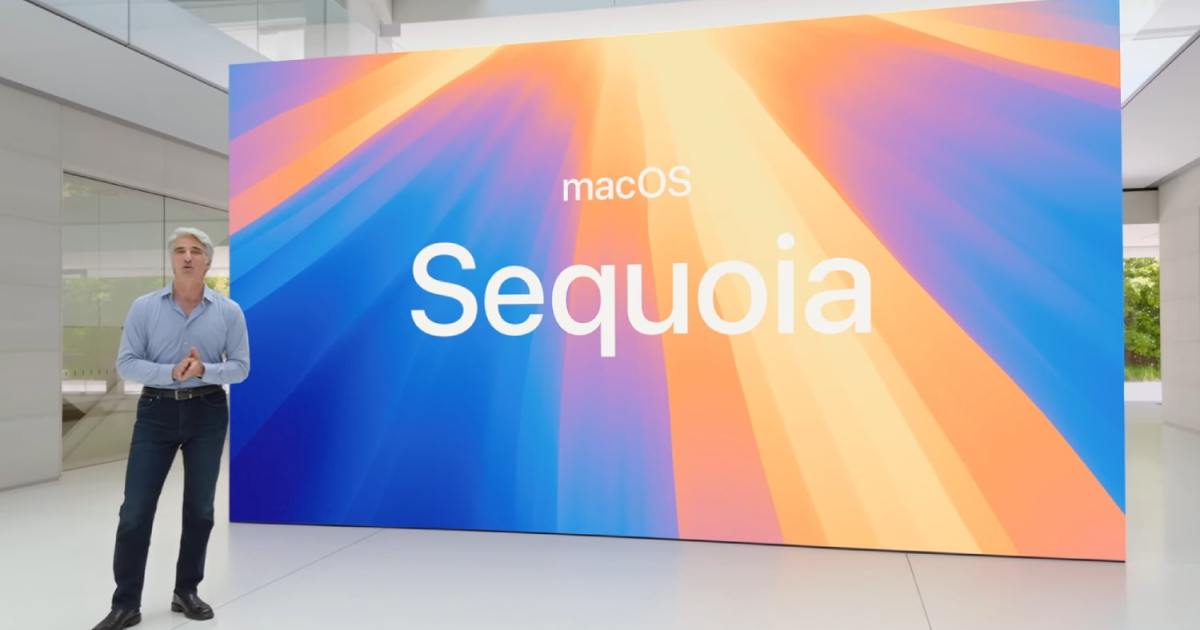At this point, the gameplay formula for narrative adventure games is set in stone. Third-person exploration in confined spaces interspersed between conversations where players have to make impactful, story-shaping choices is the genre norm. Occasionally, a puzzle is thrown in for good measure, but these gameplay segments are often the weakest parts of narrative adventure titles like Life is Strange: Double Exposure. Lost Records: Bloom & Rage, on the other hand, does not have that problem.
In 2014, Don’t Nod was the first studio outside of Telltale to show that the narrative adventure genre had legs with the original Life is Strange. Now, many of the developers who worked on the first two Life is Strange games are back with a new game looking to push the genre forward yet again. While many narrative adventure games can feel the same nowadays, the first episode of Lost Records: Bloom & Rage, which is out now, reminded me that there’s still plenty of room for innovation in the space.
From how it switches perspectives to differentiate what’s happening in the past and present to how naturally some dialogue options can appear to its shockingly authentic feeling in-game camcorder, Lost Records isn’t afraid to play around with genre conventions. That makes it a must-play for fans of narrative adventure titles and, hopefully, the start of something new for Don’t Nod.
A captivating slice-of-life tale
The first episode of Lost Records: Bloom & Rage jumps between two different timelines. In the present day, presented through a first-person perspective, we see a group of friends reuniting in their hometown after over twenty years of not talking to each other. They’re getting back together to reminisce about their childhood after one of them receives a mysterious package addressed to their old band name.
As they talk, Lost Records flashes back to the 1990s, where players — in a third-person perspective — follow the main character Swann as she meets this group of friends for the first time. The central mystery comes from figuring out what happened during that summer that caused these friends to never talk to each other again. Toss in a bit of the supernatural, and you have a clever twist on the coming-of-age story Don’t Nod is known for telling with its narrative adventure games.
Although the era of home videos and riot grrrl bands that the past segments of Lost Records harken back to is a little before my time, I still found a lot to relate to in this slice-of-life tale. If you’ve ever struggled with social anxiety, making friends, finding ways to express yourself, or reconnecting with friends you haven’t talked to for years, then Swann’s journey in Lost Records will resonate with you. Based on the narrative and writing alone, Don’t Nod already reminds us why it’s a master of the narrative adventure and lays the building blocks to create a worthy spiritual successor to Life is Strange.
A change in perspective
The parts of Lost Records that take place in the past with Swann are the most similar to your typical narrative adventure game, but Don’t Nod layers a camcorder mechanic on top of that to give these segments a unique feel. Swann is a videographer who likes to make home videos of whatever she comes across, from animals to her friends. Players are constantly encouraged to whip out Swann’s camera and film what’s going on and can then lightly edit that footage together into home videos.
The gyroscope of the DualSense controller gives these segments an authentic feel and makes it feel like I’m not just interacting with Lost Records’ world in the same way I do in other narrative adventure games. Gameplay is much simpler in the present day, but the switch to the first-person perspective is quite effective.
The third-person perspective of the past segments makes sense as the player is supposed to feel like an onlooker to these memories; by making the modern-day segments first-person, it reinforces thematically that those moments are going on in the here and now and makes reuniting with these digital friends feel all the more intimate and personal.
I enjoy how Lost Records lets players look for answers in their environment too. For instance, I can look around in first person while at the bar to unlock new options for which drink Swann will order. Many of these choices continue to pop up, often with more narrative heft, but it reinforces the feeling that players are shaping the story based on their actions.
At its core, Lost Records’ choice-driven structure isn’t that different from what players did a decade ago in Life is Strange. But by putting these small twists on the formula, Don’t Nod reinvigorates a genre that has felt desperate for innovation recently. Telling a relatable, immersive story goes a long way, but the truly great narrative-driven games find ways to challenge or evolve genre conventions in ways we haven’t thought of before. Lost Records sets itself apart from the crowd by doing just that.
Lost Records: Bloom & Rage Tape 1 is available now for PC, PS5, and Xbox Series X. Tape 2 will be released and conclude the story on April 15.








